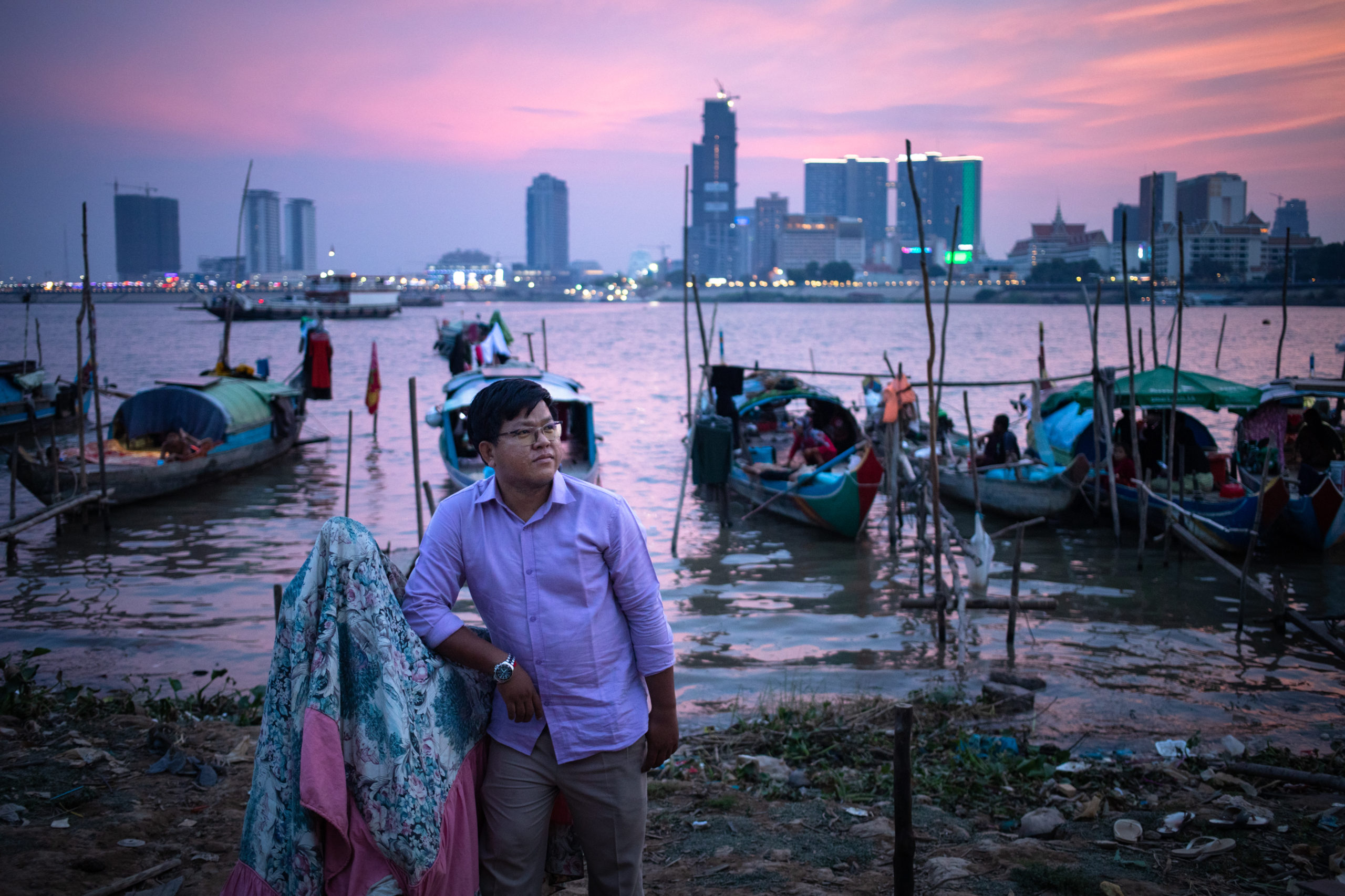Preserving Cambodia’s Watery “Soul” | Preservation
By: Waterkeeper Alliance

Tonle Sap Lake, in the heart of Cambodia, is the soul of the nation. It provides more than 75 percent of Cambodia’s freshwater fish catch and water that millions rely on. It is a source of immense national pride. Sustainable management of this highly productive ecosystem is necessary to ensure food security for Cambodians. And preserving its rich biodiversity and effective carbon sinks will be crucial in combating the impacts of climate change.
Despite its incredible importance to Cambodians and its recognition as a Biosphere Reserve by UNESCO, Tonle Sap Lake is threatened by illegal fishing activities, deforestation of the flooded forest for private development and agriculture, population growth, pollution, hydropower dams, and climate change.
“Within the past decade, the lake has annually experienced severe impacts from climate change,” said Senglong Youk, the Tonle Sap Lake Waterkeeper and deputy executive director of the Fisheries Action Coalition Team (FACT). “Thousands of flooded forests have been impacted by fire.”
FACT, a national NGO in Cambodia and the parent organization of Tonle Sap Lake Waterkeeper, was established in 2000 by a coalition of national and international partners, to address the threats facing the lake. It is dedicated to improving the conservation and management of Tonle Sap Lake’s fisheries, strengthening natural resource policies, and highlighting Cambodia’s fisheries issues at the local, national, and international levels.
Tonle Sap Lake Waterkeeper works to empower local communities to claim their right to natural resource management and mobilizes partners to build evidence-based advocacy campaigns in support of preserving Tonle Sap’s fisheries. Through capacity building, empowerment of the affected communities, and cooperation with local partners, the fishery sites protected by the communities are more successful in improving biodiversity and endangered species than those managed by the local government. FACT and Tonle Sap Lake Waterkeeper established and support more than 100 Fish Conservation Areas spanning 1,200 hectares (about 4.6 square miles) across Cambodia’s Tonle Sap, Coastal, and Mekong regions.
Although the size of community-managed fisheries is still relatively small compared with Tonle Sap Lake, which encompasses 270,000 hectares (over 1,000 square miles), they are instrumental in addressing the loss of fisheries and biodiversity brought on by climate change. Tonle Sap Lake Waterkeeper continues to expand its fisheries program and aims to convince the government to provide financial support to conserve Cambodia’s fisheries resources. Diversifying the incomes of local fishers, who depend on fish catch, can help mitigate economic harm from biodiversity loss.
“At least 300 tons of fish have been killed by flash storms and rising temperatures in the lake,” continued Youk. “Water used to flow from the Mekong River into the lake in late June or early July and flow back into the river in late October or early November. Now, the water only flows in around mid-August and stays for less than a month.”